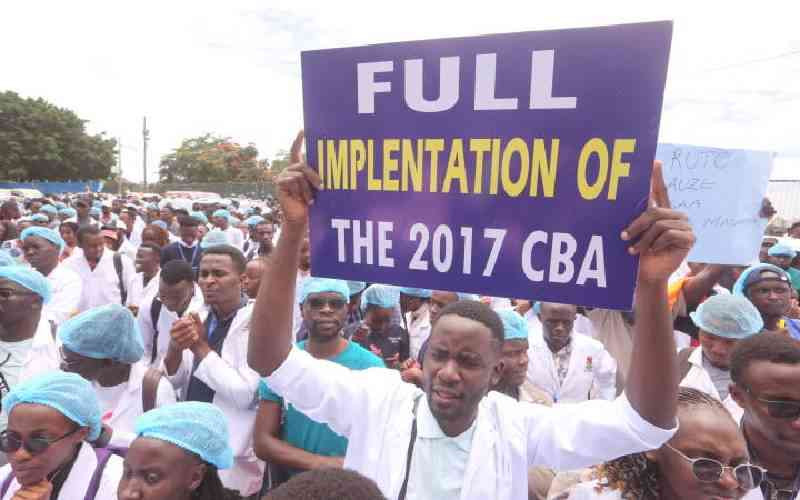
On a fateful day in 2018, June Kathoki, then just 27, swallowed an entire container of pills and lay down to sleep, hoping she would wake in the celestial realm of the departed.
Fate had other plans. June is a Health Records Officer at a local hospital
Instead of slipping away, she awoke violently, her body convulsing as she expelled the very substances meant to end her life. “I woke up, vomiting my guts out,” she recalls.
Facts First
Unlock bold, fearless reporting, exclusive stories, investigations, and in-depth analysis with The Standard INSiDER subscription.
Already have an account? Login
 The Standard Group Plc is a multi-media organization with investments in media
platforms spanning newspaper print
operations, television, radio broadcasting, digital and online services. The
Standard Group is recognized as a
leading multi-media house in Kenya with a key influence in matters of national
and international interest.
The Standard Group Plc is a multi-media organization with investments in media
platforms spanning newspaper print
operations, television, radio broadcasting, digital and online services. The
Standard Group is recognized as a
leading multi-media house in Kenya with a key influence in matters of national
and international interest.











